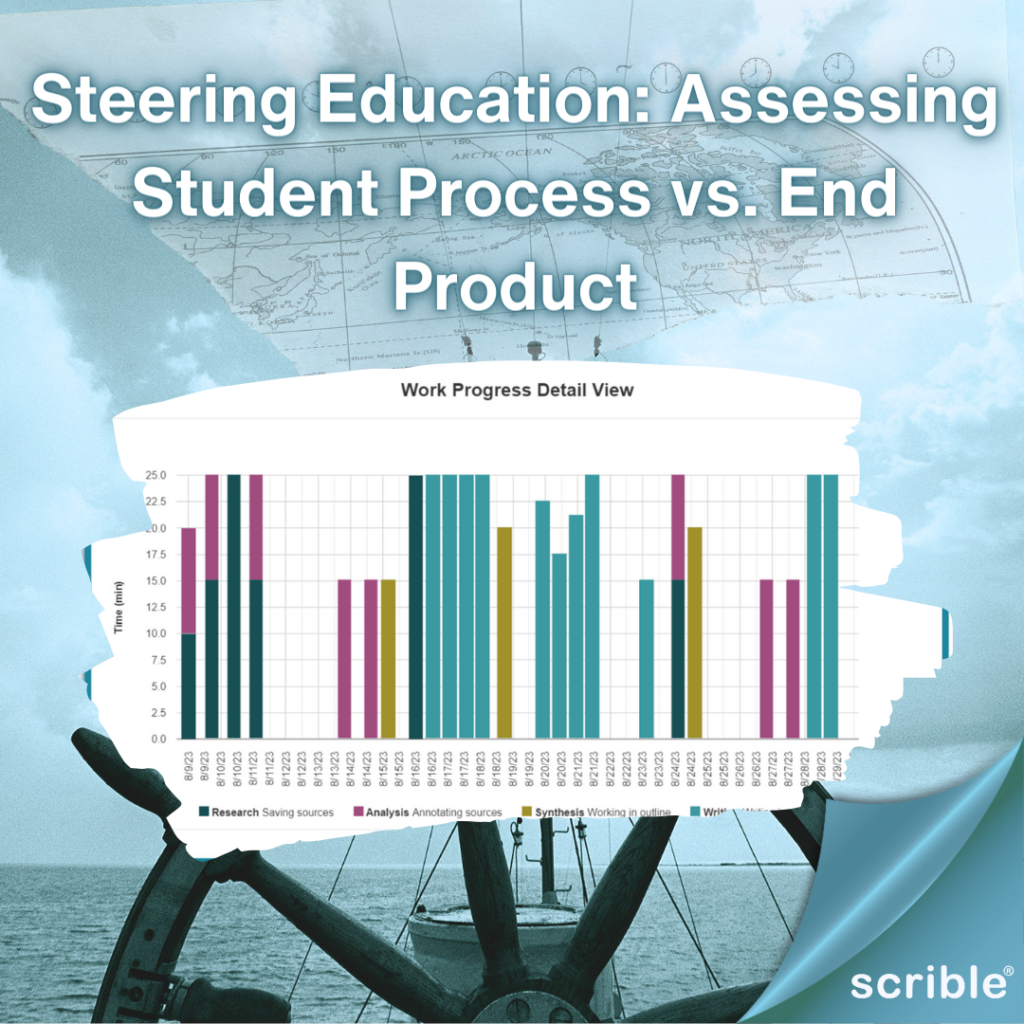The art of writing, particularly in academic settings, is a journey that can be both challenging and rewarding. One innovative approach garnering attention in recent years is using color coding in writing. This method, which involves assigning different colors to various elements of writing, has been shown to significantly enhance the effectiveness and organization of student writing (Ewoldt & Morgan, 2017; Room 213, 2019).
The Benefits of Color Coding in Writing
Color coding as a writing strategy offers a multitude of benefits. It helps organize thoughts and ideas, which makes complex writing tasks more manageable (Color Coding Your Writing, n.d.). According to the ZANCO Journal of Humanity Sciences (2021), color coding can improve academic writing skills, particularly in English as a Foreign Language (EFL) classes. This approach allows students to clearly distinguish between different types of information, such as arguments, evidence, and counterarguments, thereby enhancing the clarity and coherence of their writing.
Moreover, research by Geigle (n.d.) highlights how color coding can positively affect students’ emotional engagement with writing tasks. By reducing anxiety and increasing interest, color coding makes writing more enjoyable and less daunting for students.
Implementing Color Coding in the Classroom
In practice, color coding can be applied in various ways:
- Structuring Essays: Assign colors to different parts of an essay – introduction, main arguments, evidence, and conclusion – to help students visualize the structure of their writing (Thierolf, 2024).
- Highlighting Different Source Types: In literature reviews, different colors can be used for primary sources, secondary sources, and review articles, aiding in source organization (Kruse, 2019).
- Revision Process: Students can use color coding to identify areas that need improvement, such as grammar, argument strength, or evidence support (The Writer’s Palette, n.d.).
Academic Research Supporting Color Coding
Various studies have supported the academic benefits of color coding. Ewoldt and Morgan (2017) discussed using color-coded graphic organizers to assist students with learning disabilities in writing, demonstrating its effectiveness in enhancing organization and structure. Additionally, the study by Zainal Abidin et al. (2022) in the International Journal of Academic Research in Business and Social Sciences highlighted the positive impact of color coding in online learning environments, where it helped reduce stress and improve organization in academic writing.
Color coding in academic writing is more than just a visually appealing strategy; it is a practical tool that enhances students’ understanding, organization, and engagement with writing tasks. As educators continue to seek innovative ways to support student learning, color coding emerges as a valuable and research-backed technique that can transform the writing experience in classrooms.
To see how Scrible facilitates color-coding in the classroom, read Elevate Your Writing with Color Coding.
References
Color-code Strategy for Improving Writing Academic Paragraphs in EFL Classes. (2021). ZANCO Journal of Humanity Sciences, 25(2). https://doi.org/10.21271/zjhs.25.2.15
Color-coding your highlighting when reading articles and book chapters. (n.d.). Retrieved January 19, 2024, from www.raulpacheco.org/2015/10/color-coding-your-highlighting-when-reading-articles-and-book-chapters/
Ewoldt, K. B., & Morgan, J. J. (2017). Color-Coded Graphic Organizers for Teaching Writing to Students with Learning Disabilities. TEACHING Exceptional Children, 49(3), 175–184. https://doi.org/10.1177/0040059916681769
Geigle, B. A. (n.d.). How Color Coding Formulaic Writing Enhances Organization: A Qualitative Approach for Measuring Student Affect.
Geigle, B. A. (2014). How Color Coding Formulaic Writing Enhances Organization: A Qualitative Approach for Measuring Student Affect [Humphreys College]. https://files.eric.ed.gov/fulltext/ED554555.pdf
Jacobs, E. (n.d.). Color Coding Your Writing. Https://Www.Brandeis.Edu/. Retrieved January 19, 2024, from www.brandeis.edu/writing-program/resources/faculty/wi-instructor-resources/color-coding.htmlColor Coding Your Writing. (n.d.). Retrieved January 19, 2024, from www.brandeis.edu/writing-program/resources/faculty/wi-instructor-resources/color-coding.html
Kruse, M. (2019, January 29). 11 Ways to Use Color-Coding Strategies in the Classroom – . Reading and Writing Haven. www.readingandwritinghaven.com/ways-to-use-color-coding-strategies-in-the-classroom
Rizky, W. (2018). THE EFFECT OF COLOR CODING STRATEGY IN STUDENTS’ WRITING PROCEDURE. State University for Islamic Studies.
Sherah. “The Writer’s Palette: Color-Coding as a Revision Strategy.” Https://Cambridgecoaching.Com/, blog.cambridgecoaching.com/the-writers-palette-color-coding-as-a-revision-strategy. Accessed 19 Jan. 2024.
Supporting Organization in Persuasive Writing. (n.d.). TWO WRITING TEACHERS. Retrieved January 19, 2024, from twowritingteachers.org/2014/04/07/supporting-organization-in-persuasive-writing/
The Research Is In — Color-Coded Writing Instruction Works | Essaypop Help Center. (n.d.). Retrieved February 16, 2023, from https://intercom.help/essaypop/en/articles/5330969-the-research-is-in-color-coded-writing-instruction-works
Thierolf, M. (n.d.). Rainbow it Up! The Color-Coded Essay. The Educators Room. Retrieved January 19, 2024, from theeducatorsroom.com/rainbow-color-coded-essay/
Visualizing Essay Elements: A Color-Coded Approach to Academic Writing | Essaypop Help Center. (n.d.). Retrieved January 19, 2024, from https://intercom.help/essaypop/en/articles/5330969-visualizing-essay-elements-a-color-coded-approach-to-academic-writing
“Visualizing Essay Elements: A Color-Coding Approach to Teaching First-year Writing” | Manifold @CUNY. (n.d.). Retrieved January 19, 2024, from cuny.manifoldapp.org/read/visualizing-essay-elements-a-color-coding-approach-to-teaching-first-year-writing-5e1beee3-eb79-410c-9ca7-9a3af4a3e636/section/ff7f752a-532c-46c6-8d86-4b144e132fc6
Zainal Abidin, N. S., Rahmat, N. H., Razlan, Z., Soon Sim, M., Adam, S., & Kamarulzaman, M. H. (2022). Colour Your Writing: The Case for Online Learning. International Journal of Academic Research in Business and Social Sciences, 12(7). https://doi.org/10.6007/ijarbss/v12-i7/13930





